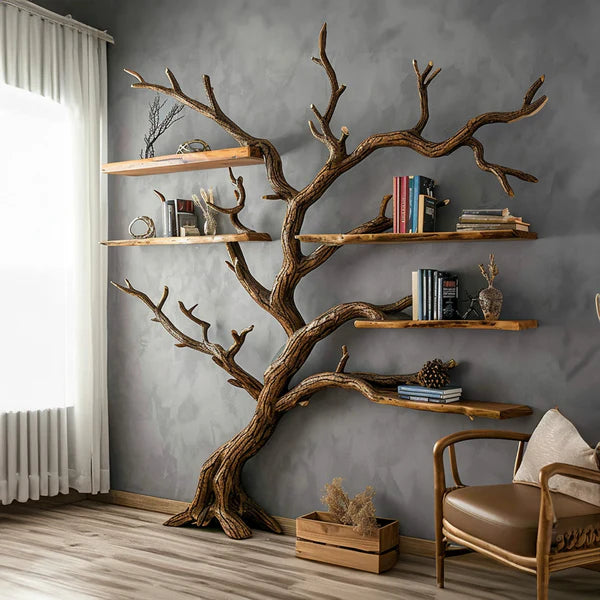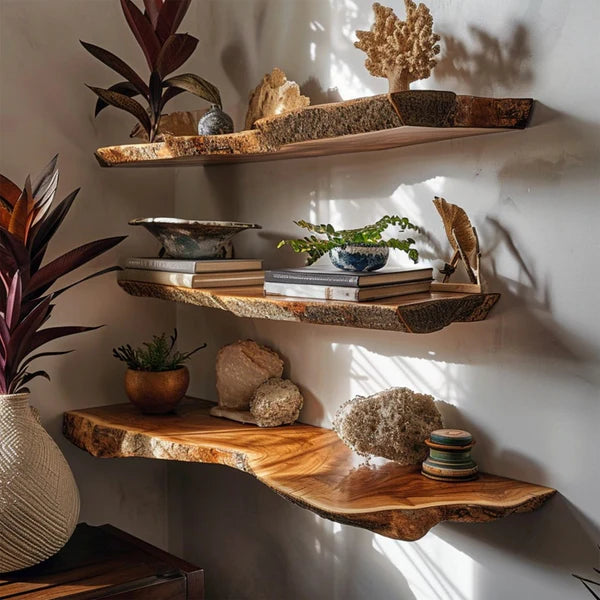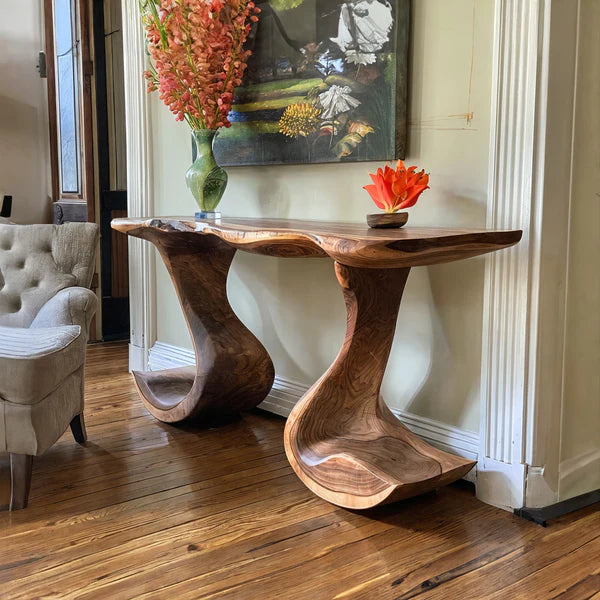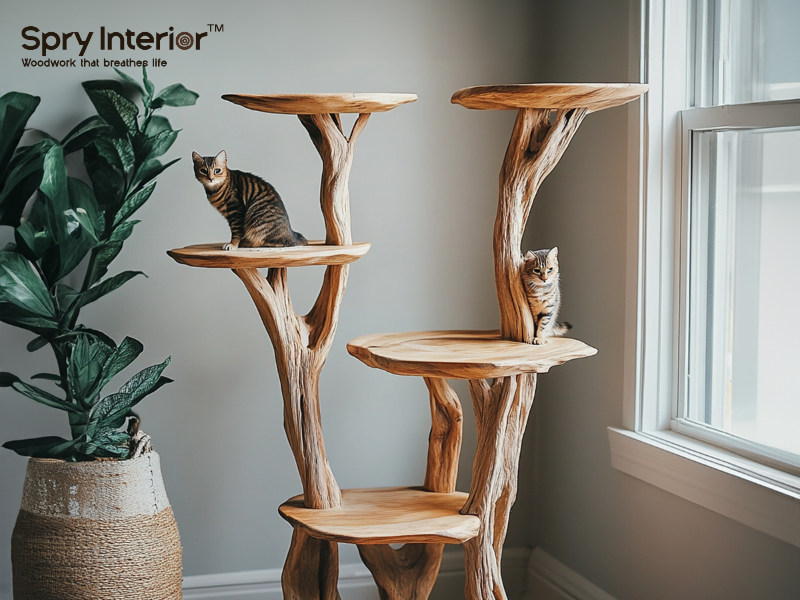What is the measurement between floating shelves? This is a question that arises often when designing or redecorating a space, especially for those who want a clean, minimalist look without sacrificing function. Getting the spacing right not only affects the visual balance of a room but also determines how effectively the shelves serve their purpose. Whether you’re styling a kitchen, living room, or bathroom, understanding shelf spacing is key to creating a seamless and visually appealing design.
In this blog post, we’ll explore how to determine the correct spacing between floating shelves, the factors that influence it, common shelf dimensions, and why the brand you choose, like SpryInterior, makes all the difference. Let’s dive into the art and science of shelf spacing and help you make confident, stylish decisions for your home.
1. Factors That Influence Shelf Spacing
Wall Height and Vertical Proportion
The height of your wall plays a major role in deciding how much space to leave between shelves. For an average 8-foot wall, you’ll typically want to leave about 12 to 18 inches between floating shelves to ensure that the vertical spacing feels proportional. If the ceiling is higher, you can expand the spacing up to 24 inches for a more open look. The goal is to avoid cramming too many shelves into a narrow vertical space, which can feel cluttered and make the room look shorter.

Shelf Usage and Function
The intended use of your shelves greatly affects the spacing between them. If you're storing books or taller items like vases and jars, you’ll need more clearance between shelves, sometimes as much as 18 to 24 inches. However, for decorative items like picture frames or small plants, you can reduce the spacing to around 10 to 12 inches. The spacing should serve the function of the shelf without compromising aesthetics.

Aesthetic Preferences and Style
Design is subjective, and your personal style plays a key role in determining shelf spacing. A modern minimalist look might favor wider gaps between fewer shelves, emphasizing negative space. A more eclectic or rustic style could allow for closer stacking with more accessories. Some designers break the rules altogether for an asymmetric layout, which creates visual interest but still requires thoughtful planning.
2. Common Dimensions and Placement Guidelines
What Sizes Do Floating Shelves Come In?
Floating shelves come in a wide variety of sizes to fit different rooms and design needs. Most commonly, they range from 18 inches to 72 inches in length, 6 to 12 inches in depth, and about 1.5 to 2.5 inches in thickness. Knowing what sizes do floating shelves come in helps you determine the best combination of shelf size and spacing, ensuring they neither overpower your wall nor disappear visually. Wider shelves are typically used for living rooms and kitchens, while smaller sizes suit bathrooms or tight corners.

What Is the Average Depth of a Floating Shelf?
Before installing, you’ll want to consider what is the average depth of a floating shelf? Most floating shelves are between 8 and 10 inches deep, which is ideal for holding standard items such as books, dishes, and small home décor. Shallower shelves of 6 inches are perfect for small frames or spice jars, while deeper shelves, up to 12 inches, are used when you want to showcase bolder items. The depth will inform how far apart shelves should be, especially if items will hang over the edge or need additional vertical clearance.
Optimal Height from Floor and Ceiling
Another rule of thumb is to position the lowest shelf about 36 to 42 inches from the floor if you're placing it above a console or table. For wall displays that reach up to the ceiling, leave at least 10 to 12 inches from the topmost shelf to the ceiling for visual breathing room. The total number of shelves and their spacing should maintain balance with both the furniture and architectural elements in the room.
3. Design Rules and Practical Considerations
What Is the Rule for Floating Shelves?
A frequently asked question is: What is the rule for floating shelves? A common guideline is to space them between 12 and 18 inches apart vertically. This range provides enough room for most decorative and functional items while maintaining visual harmony. Additionally, ensure that each shelf is aligned horizontally unless you're purposefully creating a staggered or artistic layout. Another design rule is to leave more space between the top shelves than the bottom ones, creating a sense of airiness at the top of your wall.

Load-Bearing Capacity and Weight Distribution
Floating shelves may appear delicate, but when installed correctly, they can hold a surprising amount of weight. Still, the weight-bearing capacity depends on factors like the bracket type, wall material, and how they’re anchored. It’s essential not to overcrowd the shelves, especially if they’re installed on drywall without studs. Uneven distribution of weight can cause sagging or even collapse. Keep heavier items closer to the wall bracket and avoid overloading the shelf.
Consistency and Symmetry
For designs with multiple shelves, consistency in spacing creates a more polished look. While it’s tempting to mix things up, sticking with uniform spacing, unless you're making an intentional design choice, helps tie the space together visually. If asymmetry is part of your design, make sure it’s repeated in a way that feels purposeful, not random. Using painter’s tape or a laser level during installation can help ensure accuracy.
4. Why Choose SpryInterior for Your Floating Shelves?
Handcrafted Quality with Custom Sizing
At SpryInterior, we believe that a well-designed home starts with well-crafted elements. Our floating shelves are not just functional, they're pieces of art. Whether you’re working with a tight nook or a sprawling accent wall, we offer custom sizes to match your space precisely. Unlike mass-produced shelves that limit your creativity, our handcrafted options give you control over every detail, including the perfect measurement between floating shelves.

Sustainable Materials and Timeless Designs
Every shelf we produce is made from sustainably sourced wood and finished with care to enhance the natural grain. This commitment to eco-conscious materials doesn’t mean compromising on style. Our designs balance timeless aesthetics with modern trends, giving your home a refined, grounded look. Whether you prefer rustic oak, sleek walnut, or light maple, SpryInterior’s selections bring warmth and texture to your space.
Expert Advice and Personalized Support
Choosing the right spacing between floating shelves can feel overwhelming, but you don’t have to make those decisions alone. Our team at SpryInterior provides personalized design advice based on your space, purpose, and style. We’ll guide you on everything from choosing shelf depth to determining vertical spacing, ensuring the final result is both beautiful and functional. We’re not just selling shelves, we’re offering peace of mind and elevated design.
Conclusion
To sum up, What is the measurement between floating shelves? depends on a variety of factors, including wall height, intended function, aesthetic preference, and shelf size. While general rules recommend spacing shelves 12 to 18 inches apart, there’s no one-size-fits-all answer, only thoughtful planning that reflects your unique space and style. Keeping in mind considerations such as what sizes do floating shelves come in, what is the rule for floating shelves?, and what is the average depth of a floating shelf? will ensure you make informed, design-forward choices.
If you're ready to elevate your interiors with the perfect shelf spacing, there’s no better place to start than with SpryInterior’s Floating Shelves. From high-quality craftsmanship to design expertise, we’re here to help transform your walls into stunning showcases of creativity and function.







Leave a comment
This site is protected by hCaptcha and the hCaptcha Privacy Policy and Terms of Service apply.